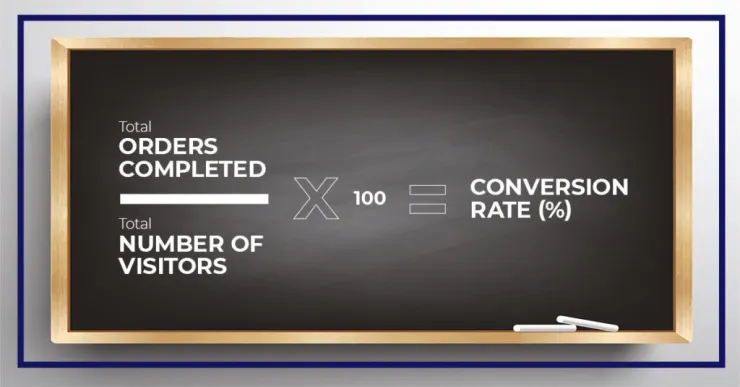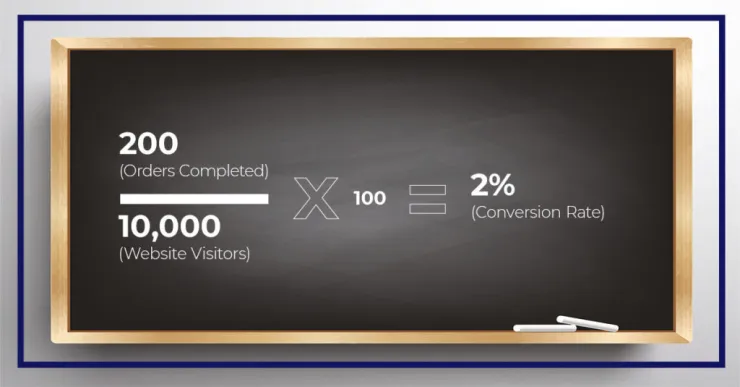Numbers play such a central role in digital commerce and marketing these days. Key data and metrics ultimately tell the truth about how online channels are performing.
Many restaurants and other hospitality businesses don’t take so much of a data-driven approach, as they probably don’t see themselves as e-commerce companies like major consumers brands. However, if you’re selling online you should be keeping a close eye on some metrics.
Conversion rate is one of the most crucial metrics to follow, as it allows you to measure the performance of your website or app in very real terms.

What is conversion rate?
We recently looked at tactics to drive more people to your restaurant website, which is of course a very important marketing goal for everyone doing business online. However, getting a lot of visitors to your website or app is only part of the process. Turning them into paying customers is the next big step - and that’s where the conversion rate comes in.
Nielsen Norman Group defines a conversion rate as follows: “The conversion rate is the percentage of users who take a desired action. The typical example of conversion rate is the percentage of website visitors who buy something on the site.”
So a conversion rate is basically the number of customers who buy something through your website/app as a percentage of the total number of website visitors. This is often measured for a particular time period such as a week or a month. For our purposes, in the context of online food ordering, we’ll ignore all other types of conversion actions and concentrate purely on completed orders.
Here’s the simple way to calculate a conversion rate:

You should look at each platform individually and separately. So if you have a website and an app processing orders, take the relevant figures for each one and calculate the conversion rate using the formula.
We’re looking at the percentage of website/app visitors who successfully complete cart checkout. Remember, we’re not concerned with order values or total revenue figures here, as the point is just to establish the proportion of visitors who place orders.
Let’s look at a typical example for a local restaurant website.
For the month of August, the restaurant website had 10,000 visitors and 200 orders were completed through the site.
So the conversion rate calculation is as follows:

Higher conversion, more profit
The conversion rate therefore shows how successfully a brand is able to use its online presence to transform visitors into revenue. It essentially gauges how well a website/app is selling a product.
That’s a big deal in the world of online sales, hence why it gets so much attention from marketers and analysts. Improving the performance of your website/app should ultimately be reflected in the conversion rate rising over time.
The effect on revenue can be quick and dramatic. Numbers that sound small or insignificant can actually have a huge, exponential effect.
In the example above, where our restaurant had a conversion rate of 2% for the month of August, let’s say they can increase the rate to 4% for September.
That’s not a 2% increase in sales - it’s a 100% increase in sales (as 4% is double 2%!). And that means thousands of dollars in extra revenue in just one month.
Small design and content changes on websites and apps can lead to big results like this. Little tweaks can produce exponential gains in conversion rates. And it often does not involve major expense to make these changes, so it represents tremendous value and return on investment.


